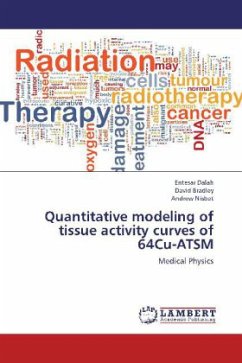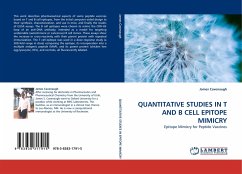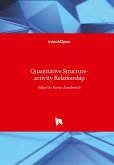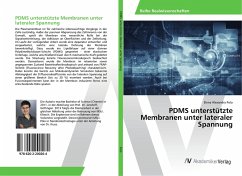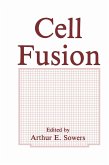The molecular imaging modality of PET in conjunction with radio-labelled molecules that undergo chemical changes inside tumors as a result of the presence or absence of oxygen, has become a promising technique for the non-invasive quantification of tumor hypoxia. Herein the relationship between tumor hypoxia and vasculature geometry is considered using a novel mathematical approach, likewise the spatiotemporal distribution of hypoxia PET sensitive tracer of, 64Cu-ATSM, is determined. Representation of oxygen distribution in 2-D vascular architechure using a reaction diffusion model enables quantitative relationships to be obtained, specifically between tissue diffusivity, tissue metabolism, anatomical structure of blood vessels and oxygen gradients. Simiarly, tissue activity curves (TACs) are a potential key in providing information on cellular perfusion and limited-diffusion. In this work a development to the work of Kelly and Brady (2006) is described and verified, with a particular interest in simulating TACs of the most promising hypoxia PET sensitive tracer, 64Cu-ATSM.
Bitte wählen Sie Ihr Anliegen aus.
Rechnungen
Retourenschein anfordern
Bestellstatus
Storno

